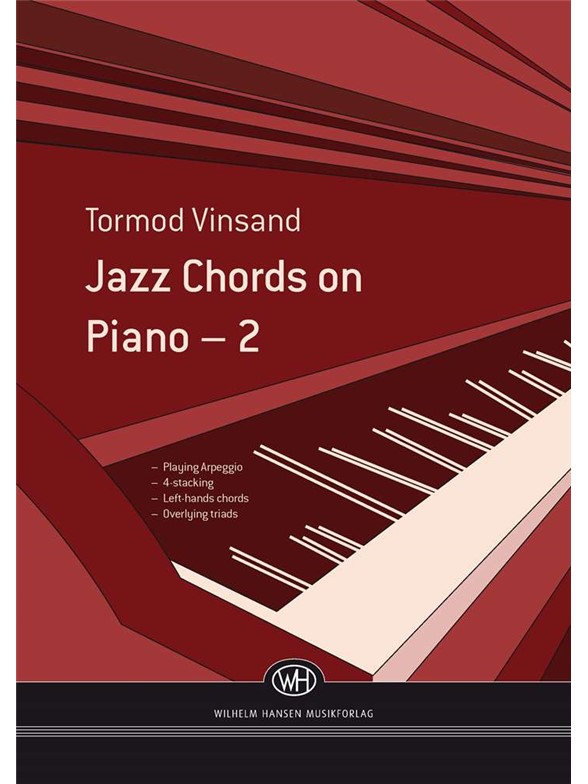Poul Ruders: Piano Concerto No.2
For Piano and Orchestra.Commissioned by The Norwegian Radio Orchestra and Jerome Lowenthal.Full Score.Orchestration3 Flutes (3rd dbl. Piccolo)3 Oboes (3rd dbl. Cor Anglais in F)3 Clarinets (1st and 2nd in Bb, 3rd in A, dbl. Bass Clarinet in Bb)3 Bassoons (3rd dbl. Contra Bassoon)4 Horns in F3 Trumpets in Bb3 Trombones1 TubaPercussion (2 players)1: Chinese Cymbal (suspended/bowed)XylophoneMark Tree]TriangleAnvilPolice WhistleVibra SlapSnare Drum2: GlockenspielTamTamBass DrumCrotalesVibraphoneKick Drum with Hi-Hat1 HarpPiano SoloViolin 1 (min. 10)Violin 2 (min. 8)Viola (min. 6)Cello (min. 4)Double Bass (min. 4)The score is notated in transpositionAll accidentals apply to each single note only. Naturals for 'safety'.Programme NotesIn this day and age, when faced with the challenge of writing a 'Piano Concerto', e.g. a piece for symphony orchestra and an all-dominating and virtuosic solo Piano part, one has two options: either: DO, or do NOT go for it wholesale, exploiting and enjoying the conrnucopia of sonorous treasures offered by the combination of the orchestra and the 'Grand Piano'. I have opted to go for it. When writing for one of our great young international Piano stars, it would be absurd, and a waste, to do anything less and only 'nibble at the goodies'.However, the piece is not a big, clunky 'machine'. Rather it is a transparently orchestrated neo-classic (for the lack of a better work) composition in three movements, lastign approximately 25 minutes.The piece begins with a moderately paced opening, in which the Piano gradually gathers momentum and strength, beginning with the most gentle of motifs. In this movement the soloist and orchestra fo not always agree, and the vigilant listener will observe the disparity between the two. Following a swift, up-beat coda, the movement stops, almost in mid-breath, on one of the gentle Piano chords taken from the very opening.The extreme simplicity of the second movement, 'Semplice' (the opening Piano solo bears the marking: 'slightly hesitant - like a child practicing') is, after having been joined by the Vibraphone, Harp and solo Violin, suddenly violated with unprecedented brutality by the rest of the orchestra, which virtually 'lies in wait - panting to pounce'. But eventually calm and order is restored.The finale is a crazy rondo of sorts. The marking 'Avanti Risoluto' (Forward with Resolve) is a bit of an understatement. It is a full throttle, no hold barred ride - and hopefully lots of fun for everybody. - Poul Ruders, February 2010

















































